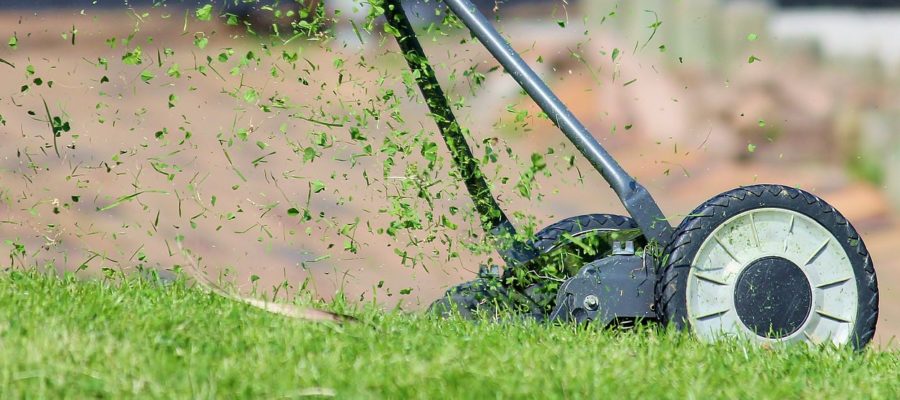With such a wide variety of influences in the architectural and design world, many people who build homes are too focused on the house and not focused enough on the landscaping. Specifically, people tend to treat the lawn as an afterthought that they address once they’ve really got the house itself to their tastes.
This is a shortfall that the wise homeowner should address. When one considers the enormous amount of money people are willing to spend on a house, it seems counterintuitive that they would do the lawn on the cheap.
Part of the problem is the slow speed of establishing a lawn and the persistence it takes to give it a chance to thrive. When you paint a room, it’s done in a few hours and the results are clear. But a lawn is very different; you have it seeded today, water it every day, see some grass breaking through in a week or so, and then still have to baby it for weeks to get it to look right. And even then, things can still go wrong and leave you with weeds, dead patches, or other problems.
For the complete home with the incomplete yard, several factors should be considered as you get into the process of upgrading.
The first is the nature of the problem. The most common problems with lawns are weeds and areas with thin or absent stands of grass. Depending on the severity and size of these problems, a professional’s help may be necessary.
The answer is in the scale. A larger lawn needs the type of equipment that a professional would have. A small hydroseeder can do a much better job of establishing new grass than a homeowner tossing seed around by hand, so when the job is big, it should be done by a pro.
While many older city lots are small, homes today are being built on larger plots of land. That opens the door to a larger plot of dead grass as well, so sometimes the renovation job is more than the homeowner can handle. This can seem unnecessary sometimes; after all, most people are quite capable of re-seeding a small area of grass, and learning how often to water grass seed, so many wonder what reason there could be to pay someone for the work.
A good barometer is the maintenance. If you’ve determined that it’s worthwhile to pay for grass mowing, then it’s probably worthwhile to pay for grass establishment.
The next issue is the long-term effort needed to follow up on repairs. As we noted earlier, grass doesn’t grow overnight. Establishing it from seed can take weeks to give good results, and that time can’t be used to simply sit on the porch and watch it grow. The care a new lawn receives during those earliest weeks of life will set its permanent course.
The first thing is watering. Can you really set up sprinklers or hoses and make sure to get the lawn at least an inch of water per week? Maybe in a small area, but for the entire yard, that’s a real chore. You’ll need to invest in some quality equipment–and be prepared for a bigger water bill, if rain doesn’t cover the gap.
The next is mowing. Again, you may do this yourself or hire it out. If someone else mows, talk to them about how you want the young grass mowed. It is not effective to let all the grass get up to mowing size before cutting. Instead, once any of the grass is tall enough, it should all be mowed. This allows the shorter blades to get some sun and catch up.
The final issue is weed control. A healthy, thick lawn has fewer weeds because it shades the soil and prevents weed germination, but other techniques factor in as well. Lawns should be treated with nitrogen fertilizer in the fall to encourage growth and deny nutrients to weeds. Some weeds can be treated with chemicals; others can’t.
Growing a beautiful lawn dramatically increases home value. But it’s not a job that every homeowner can do. The greater the workload, the better the chance you’ll need help to get the best results.


